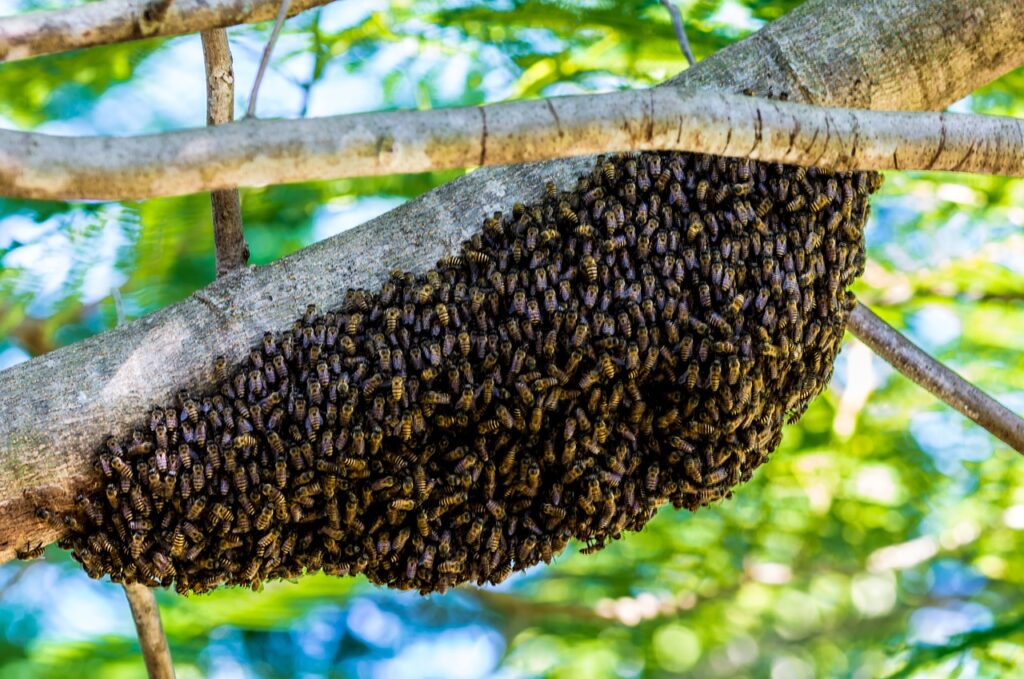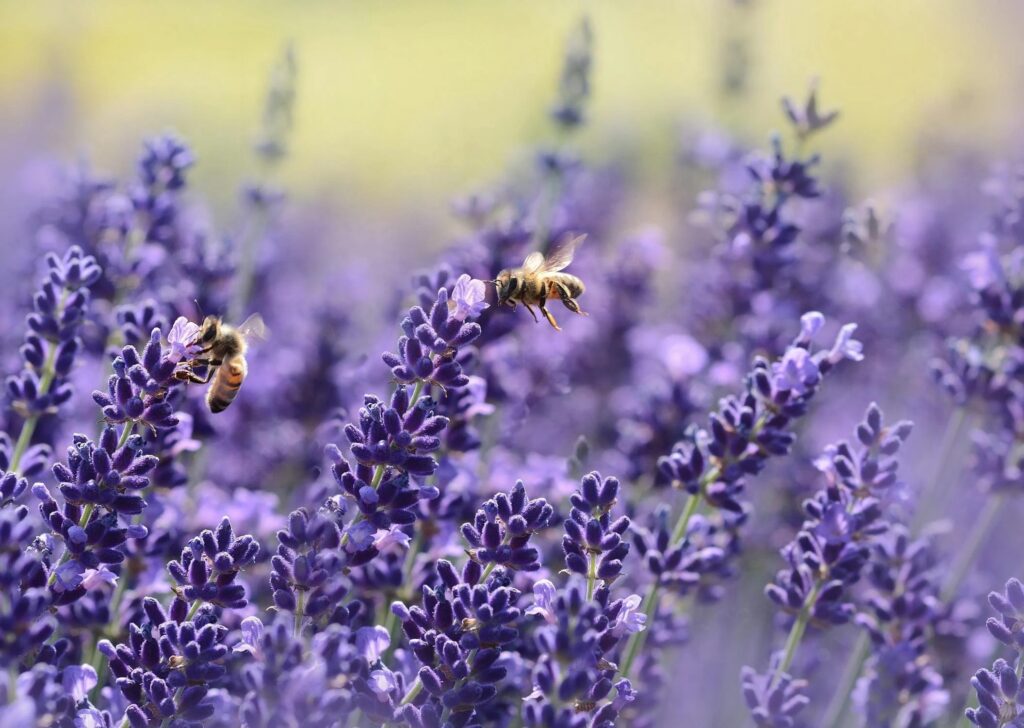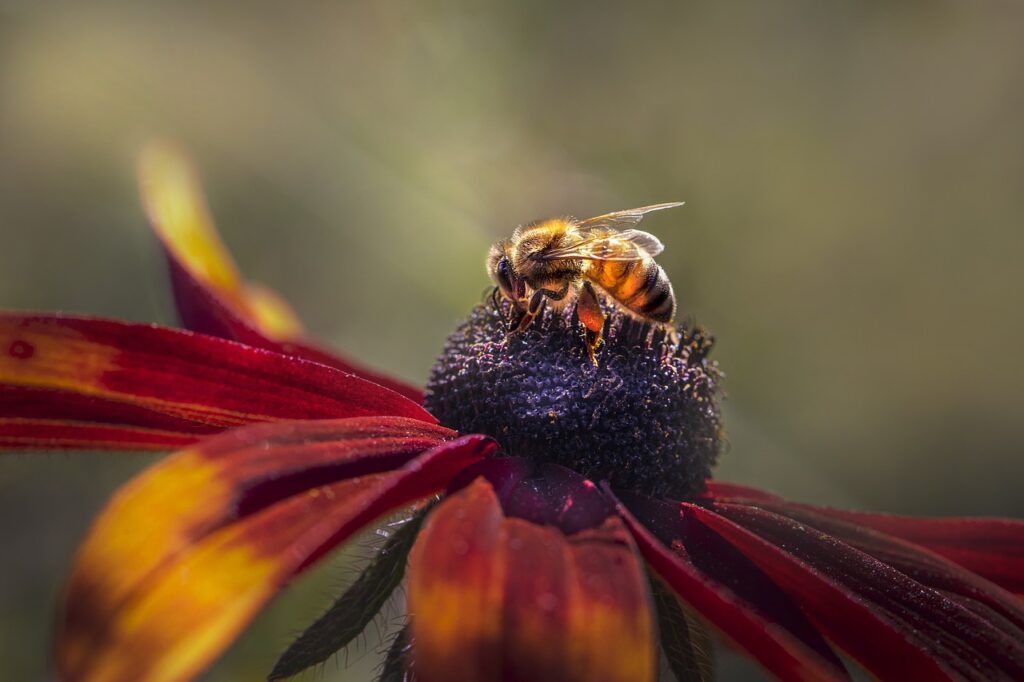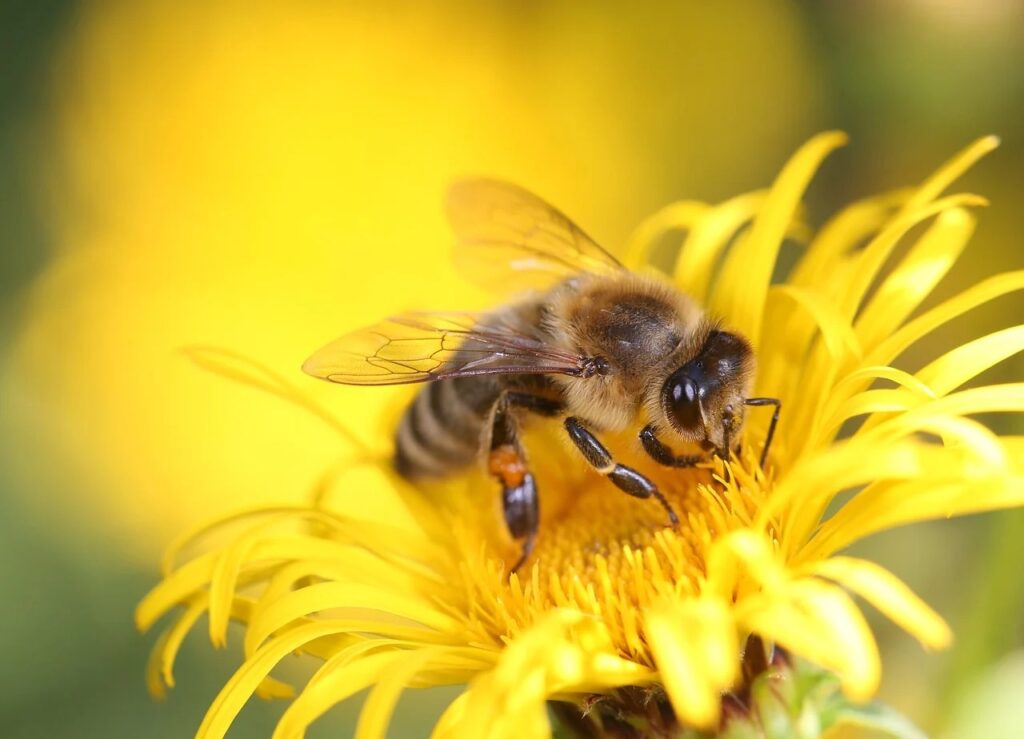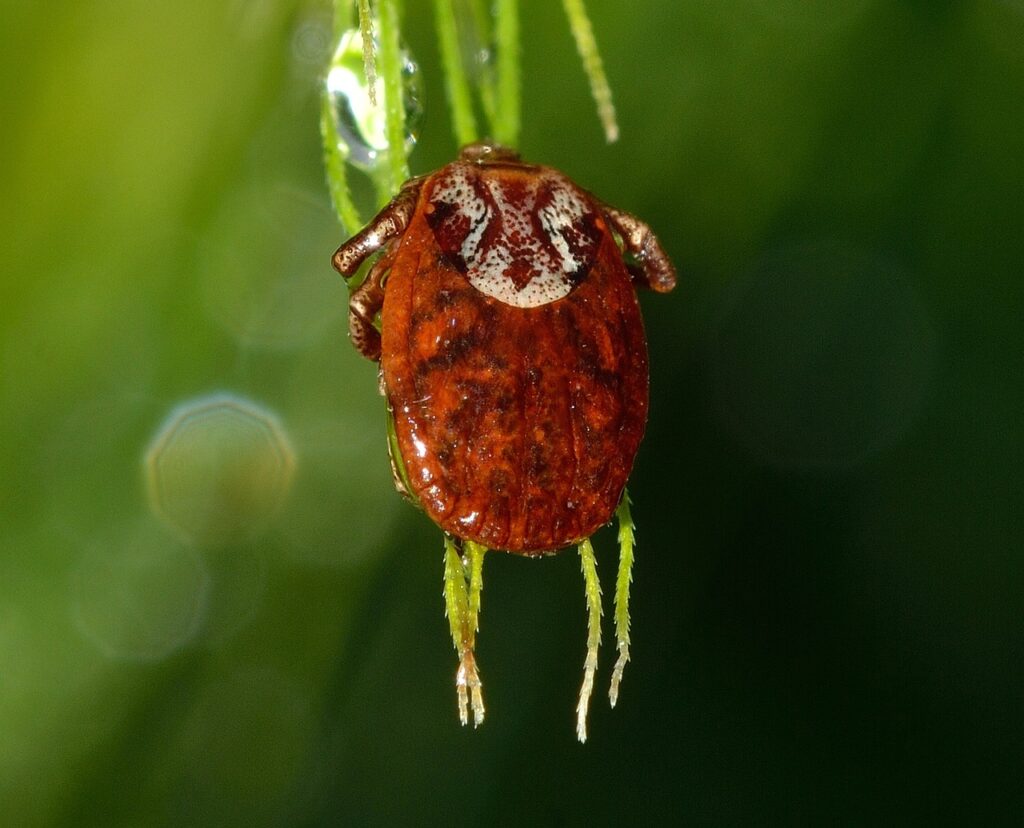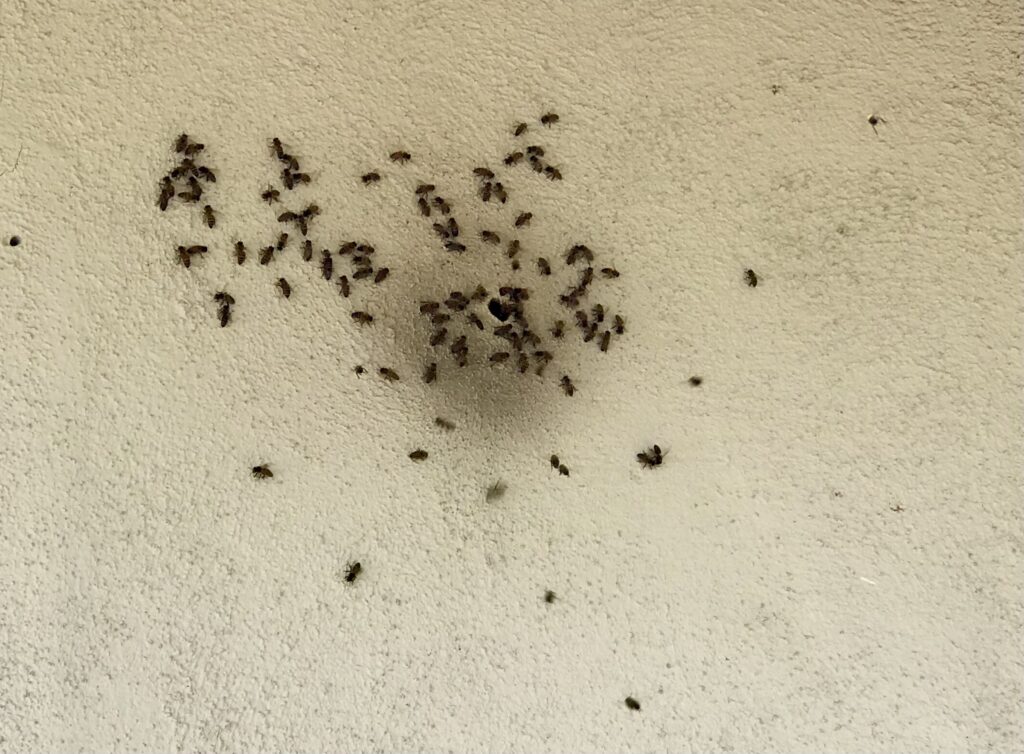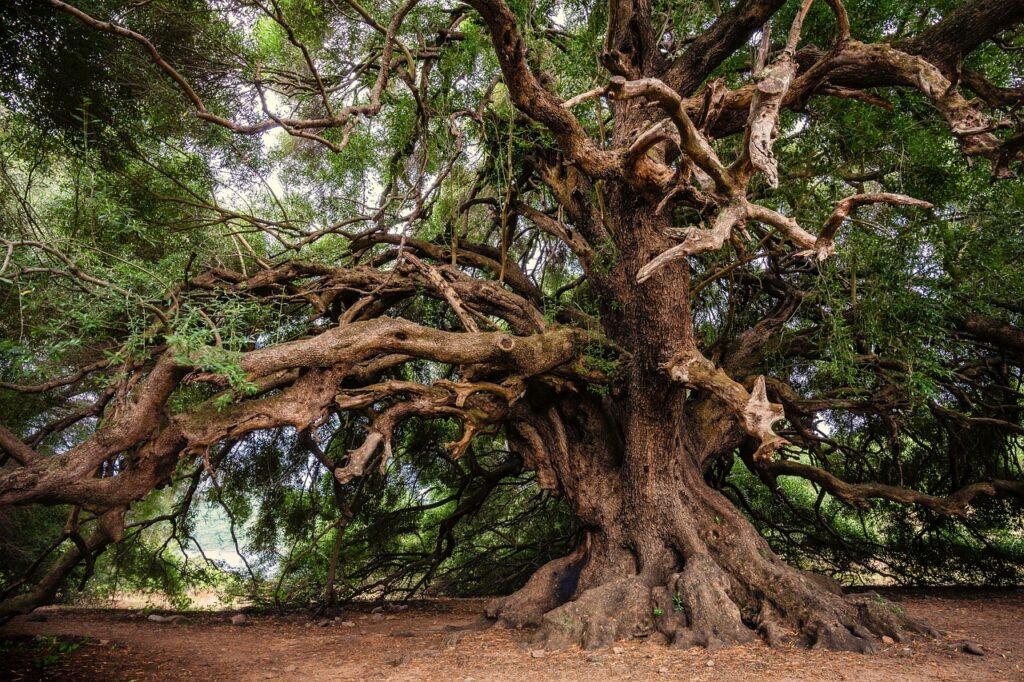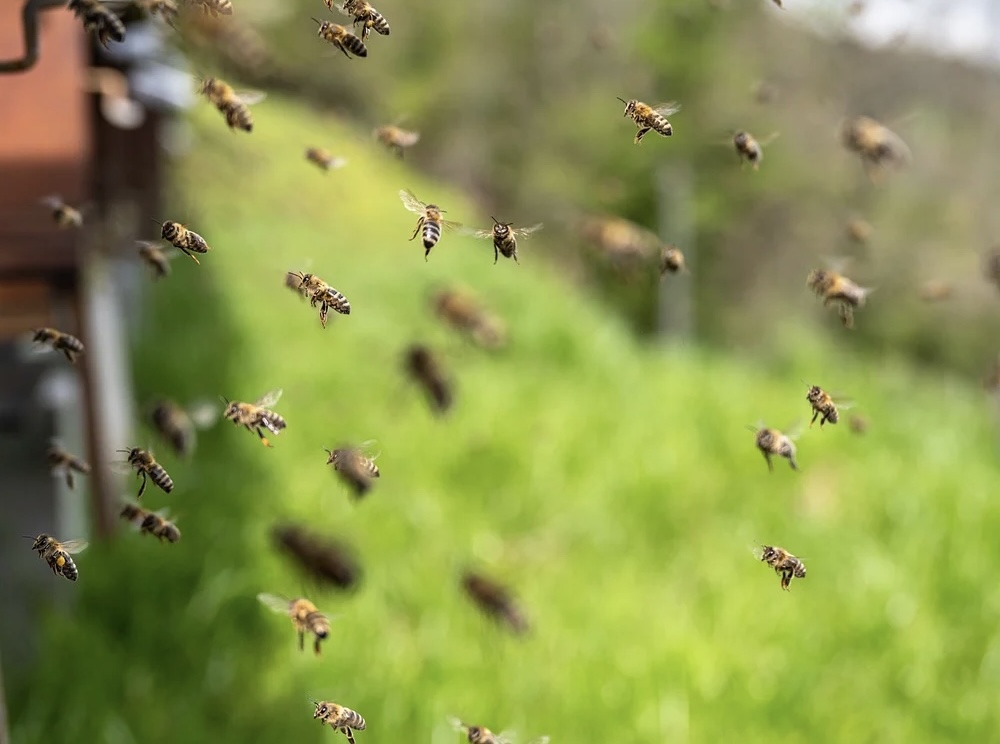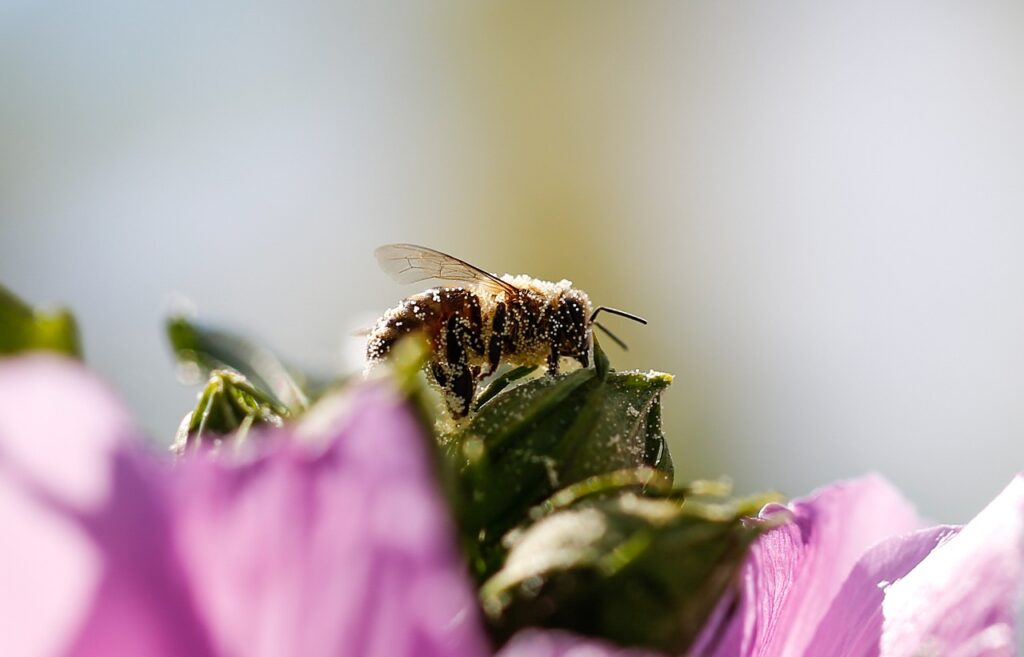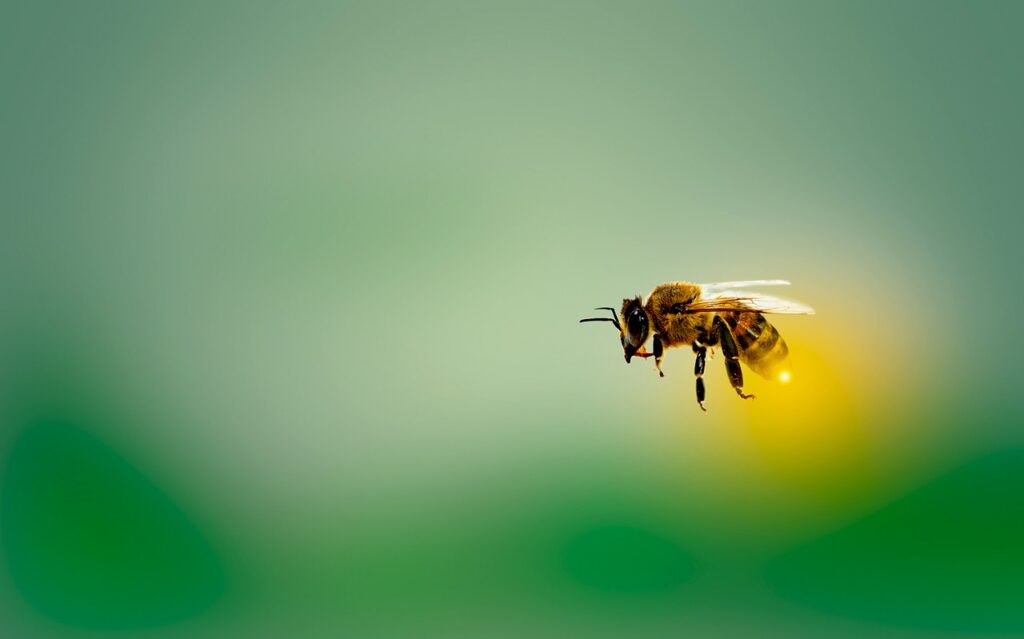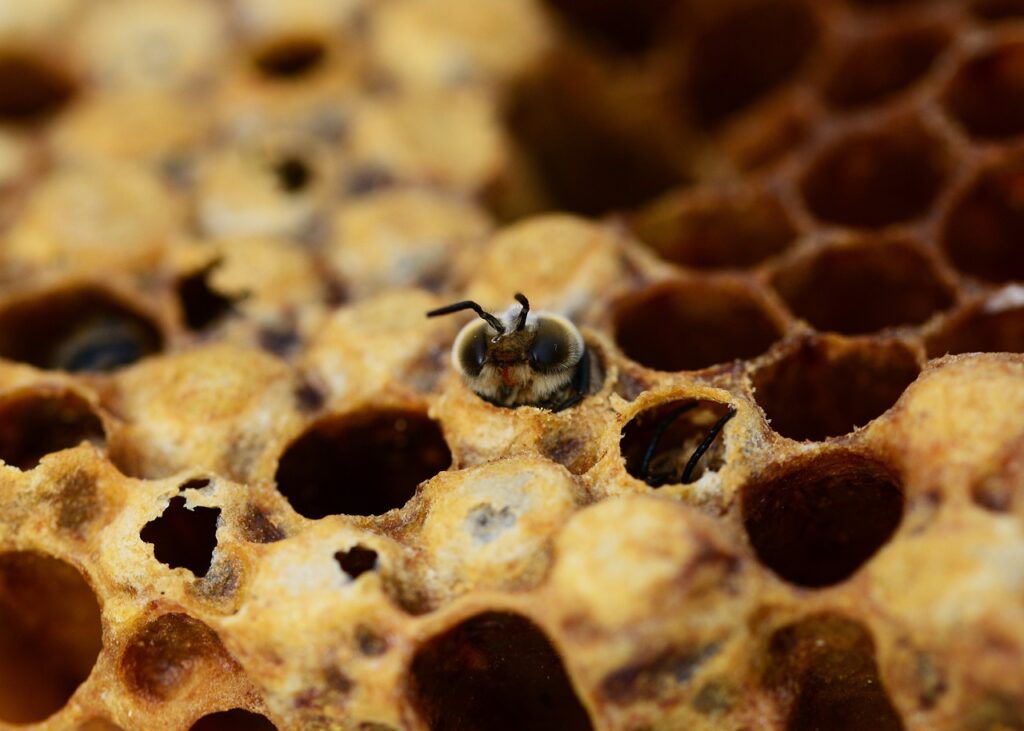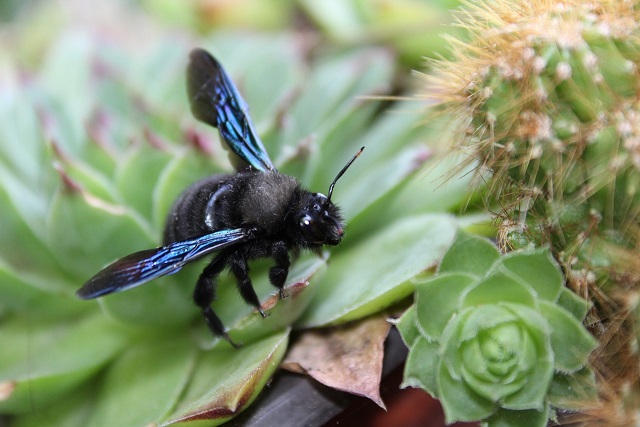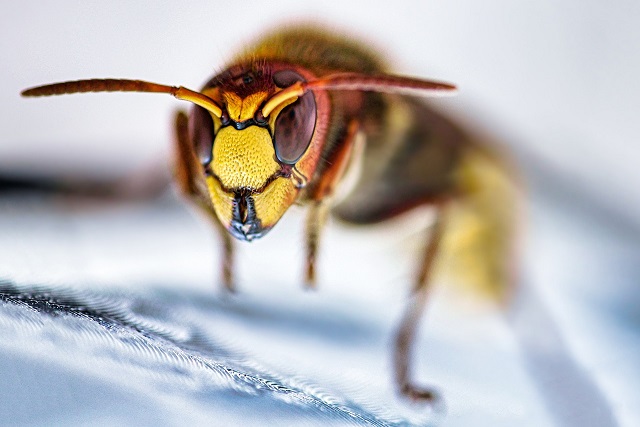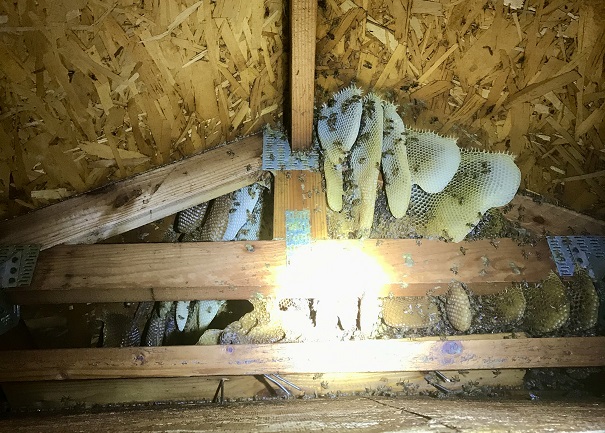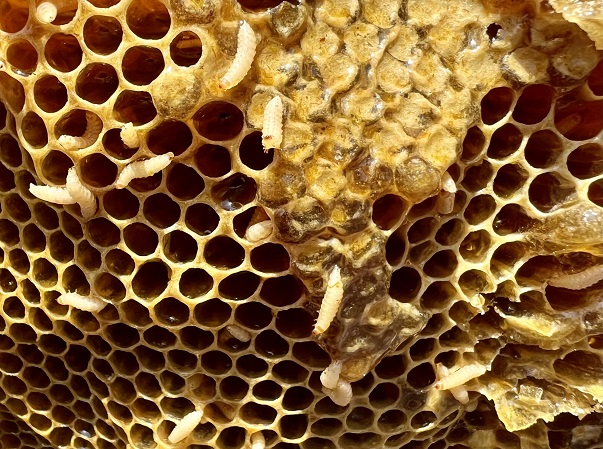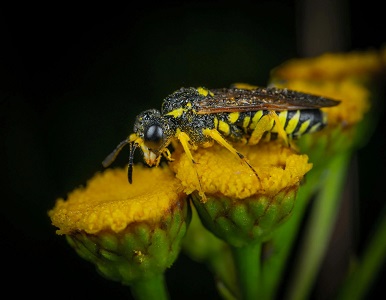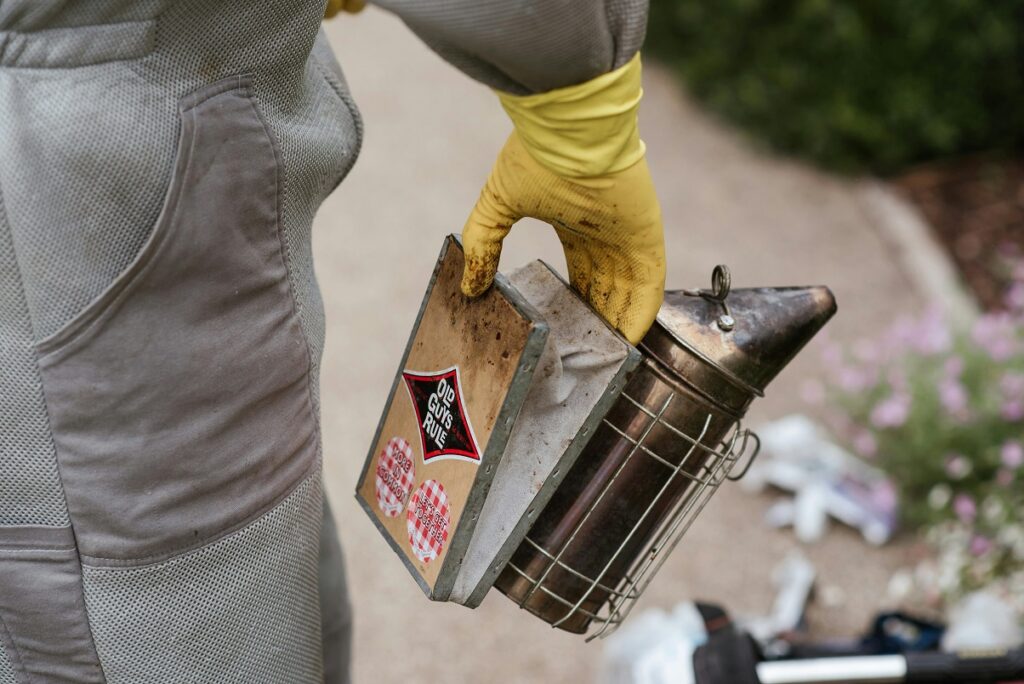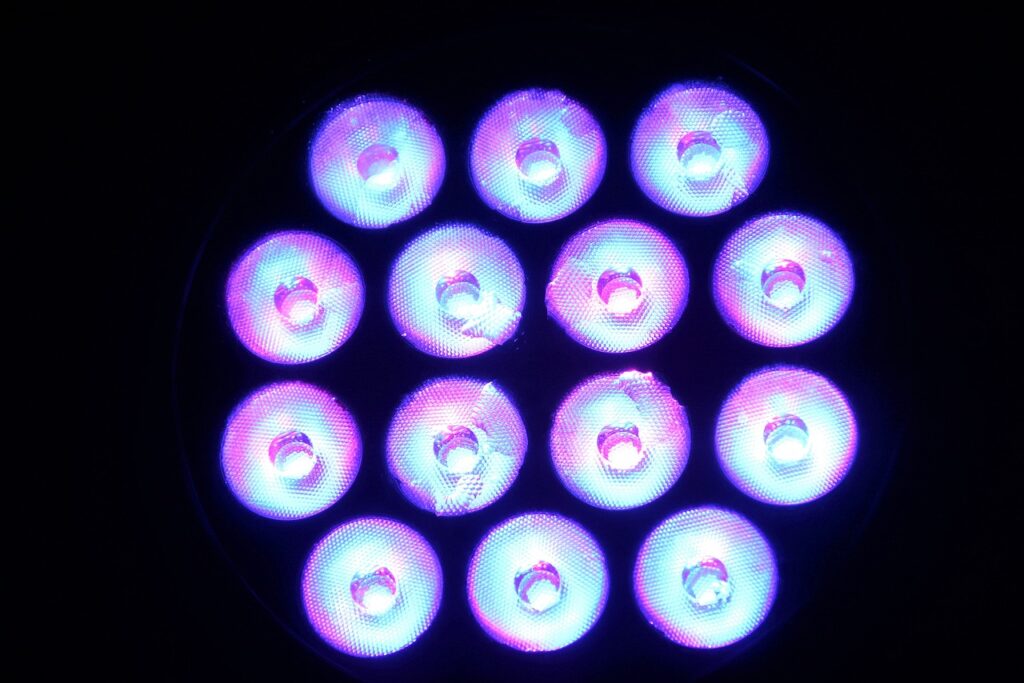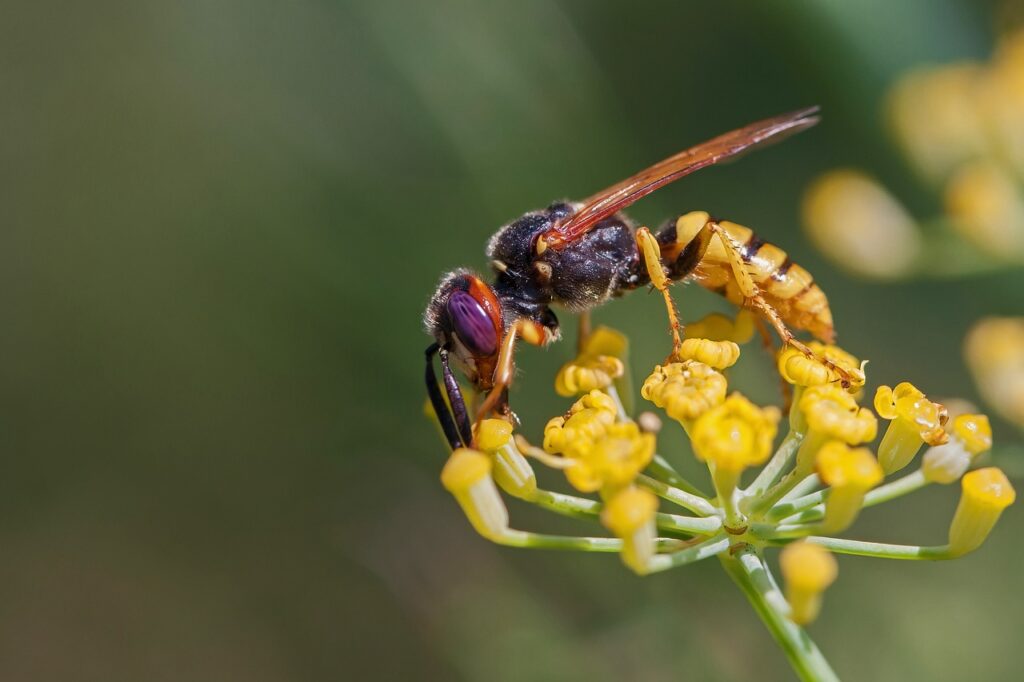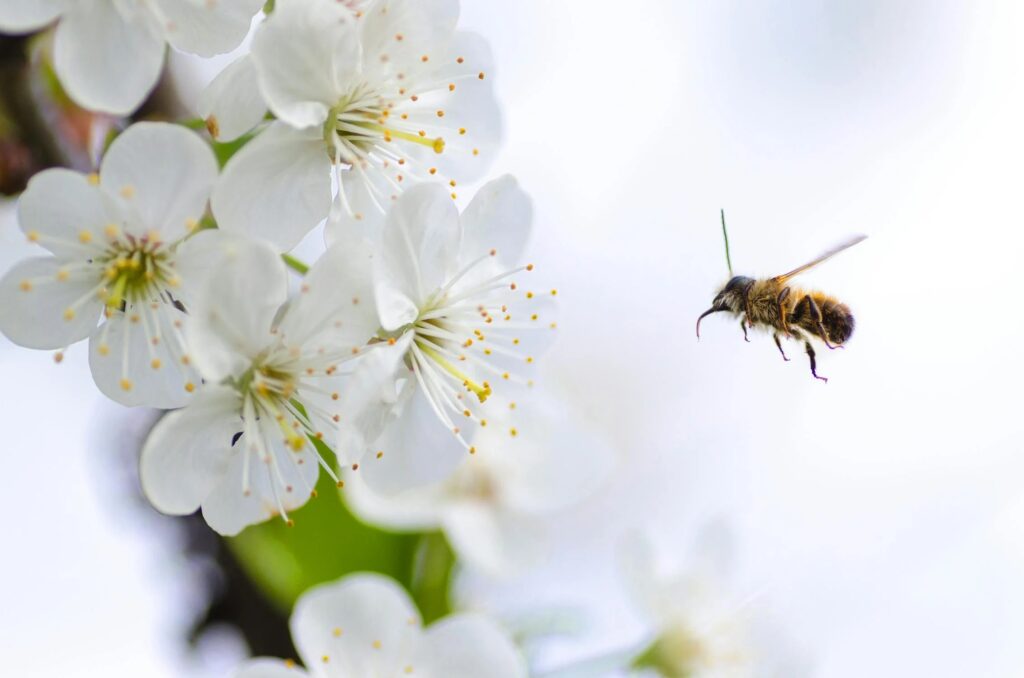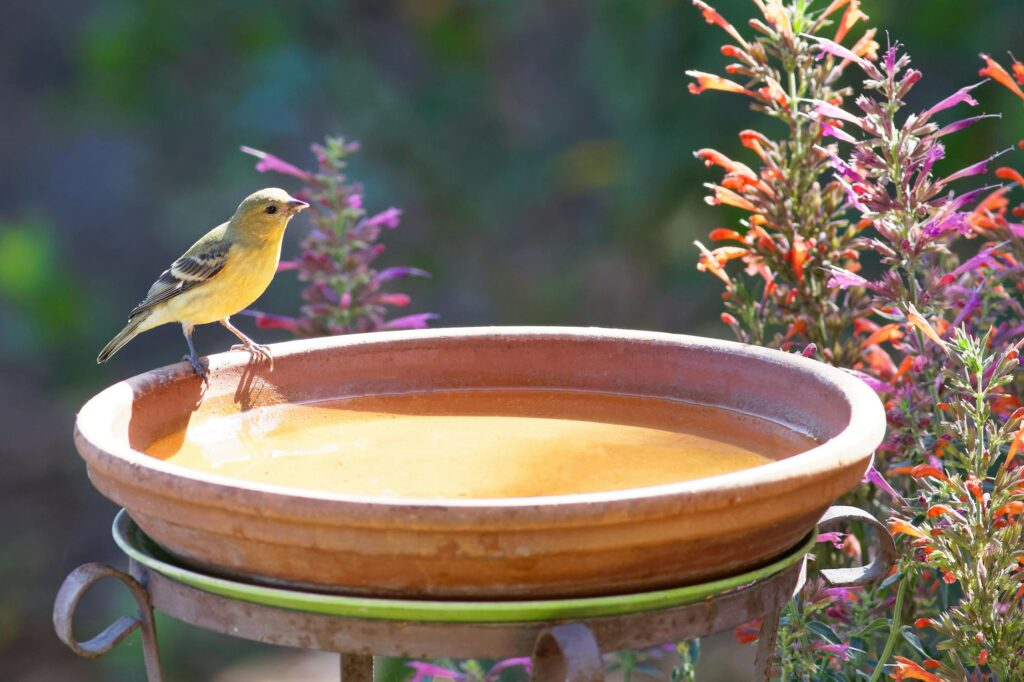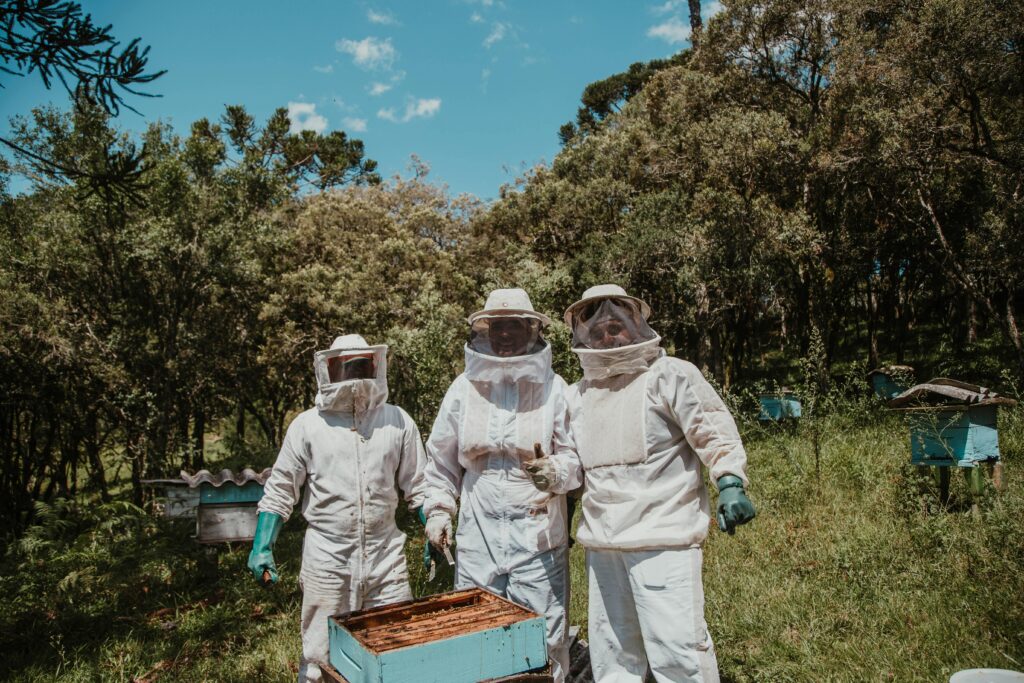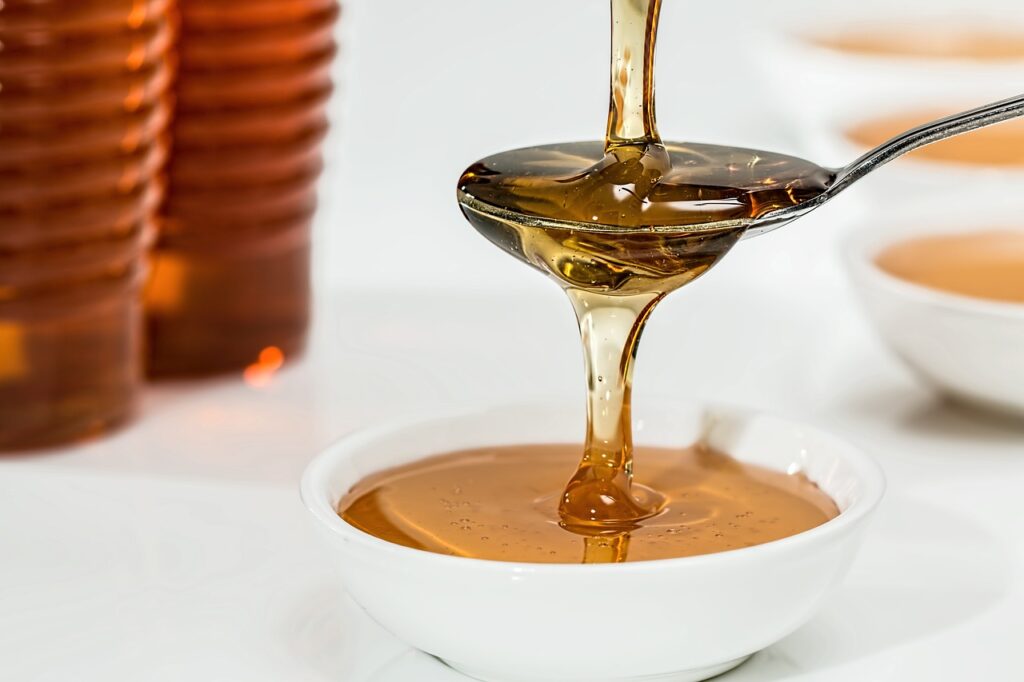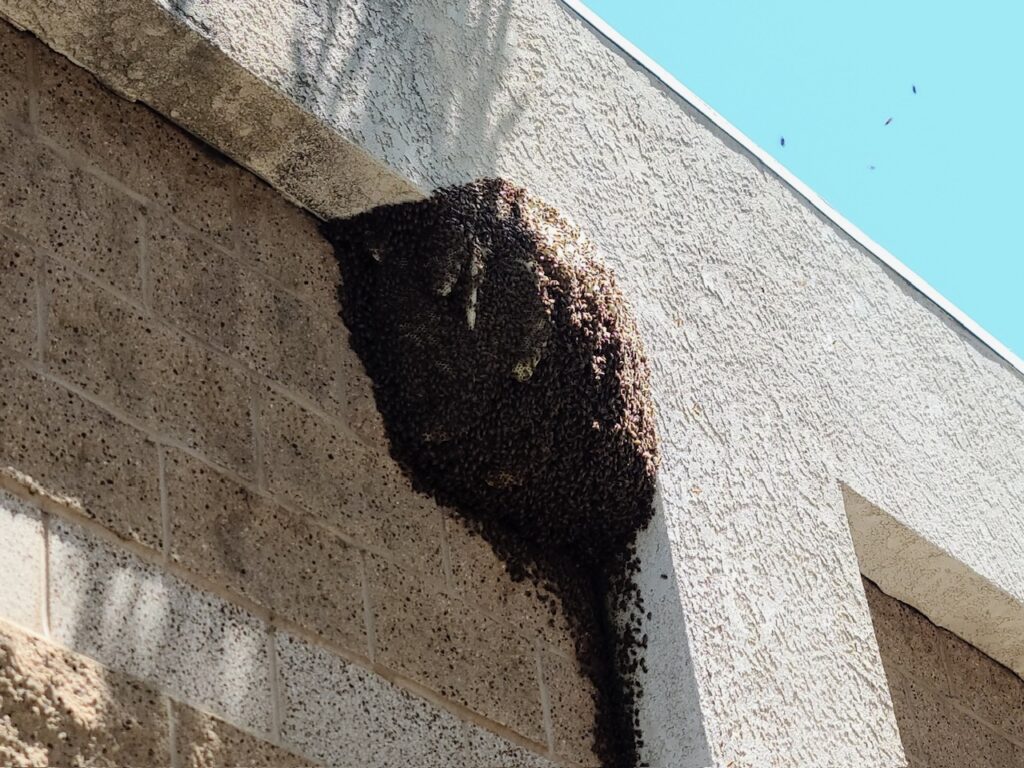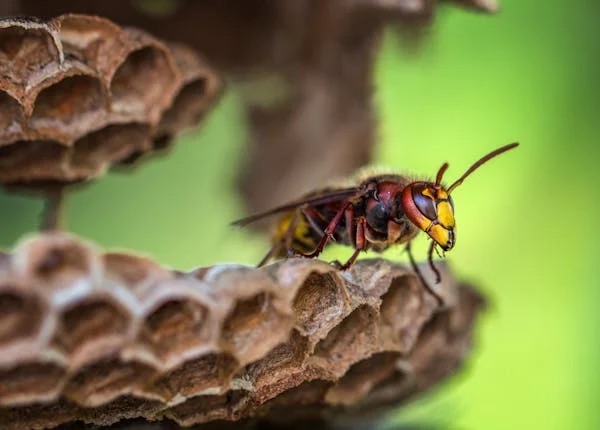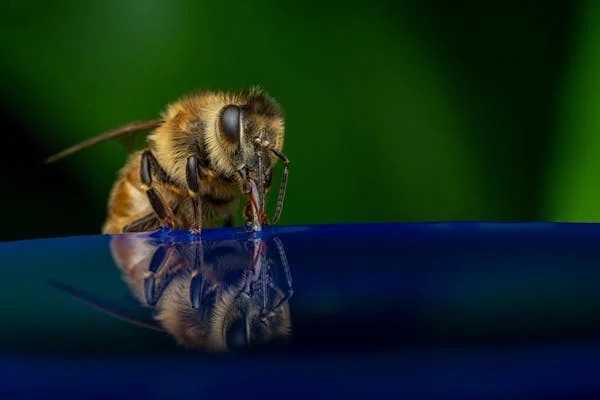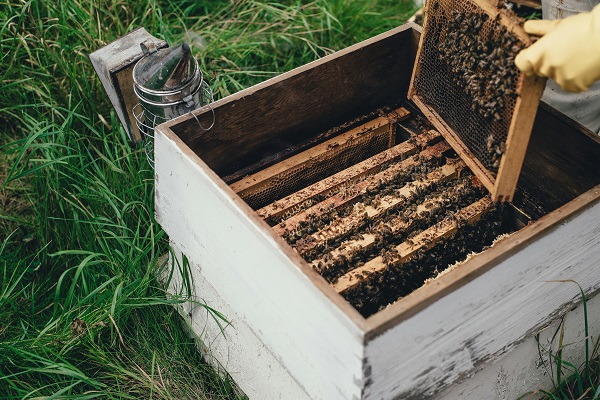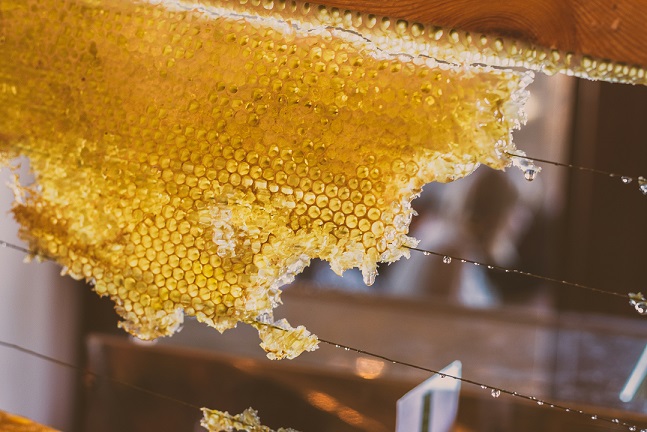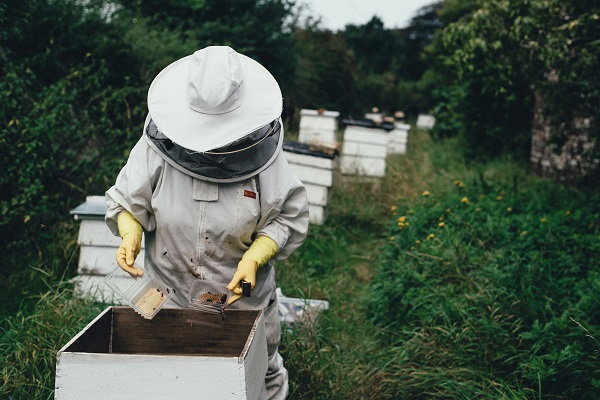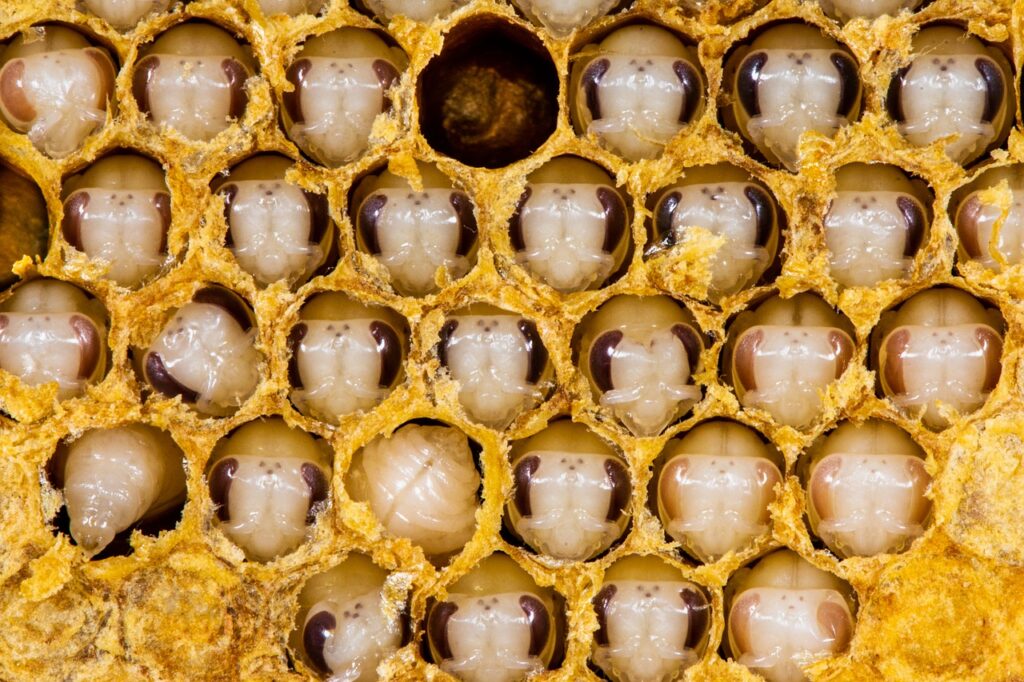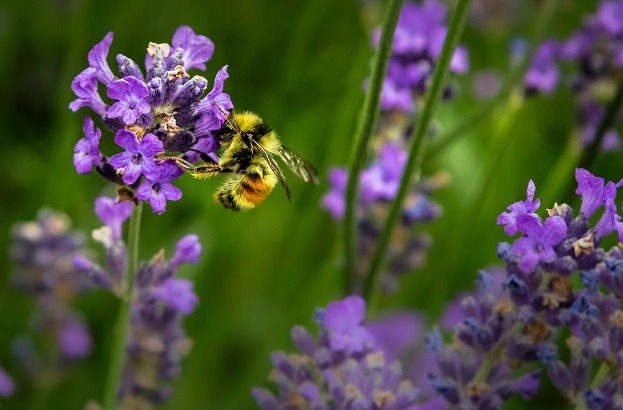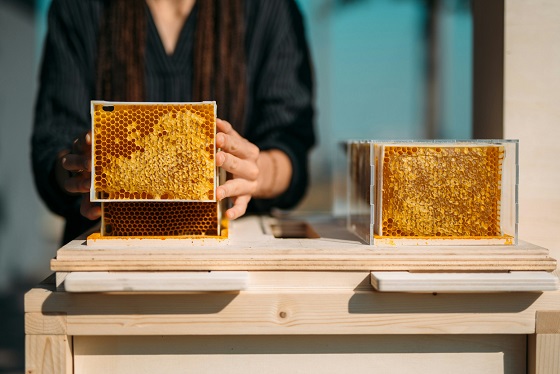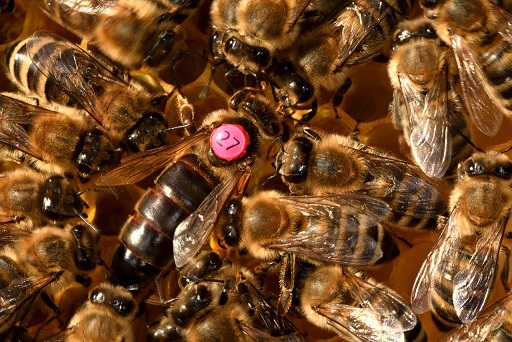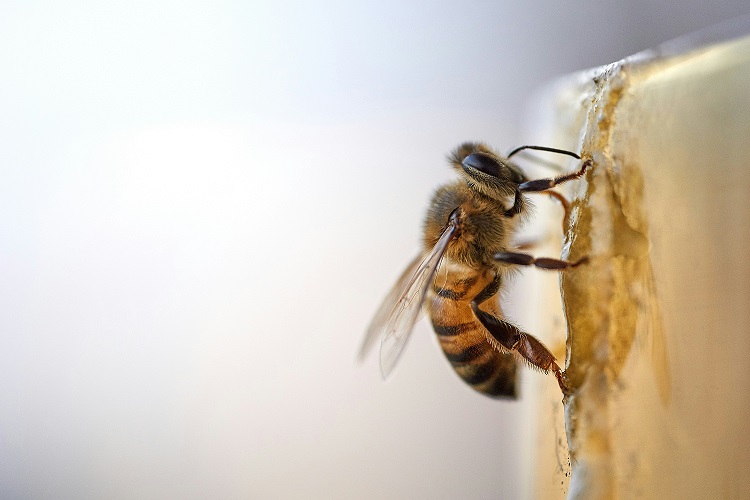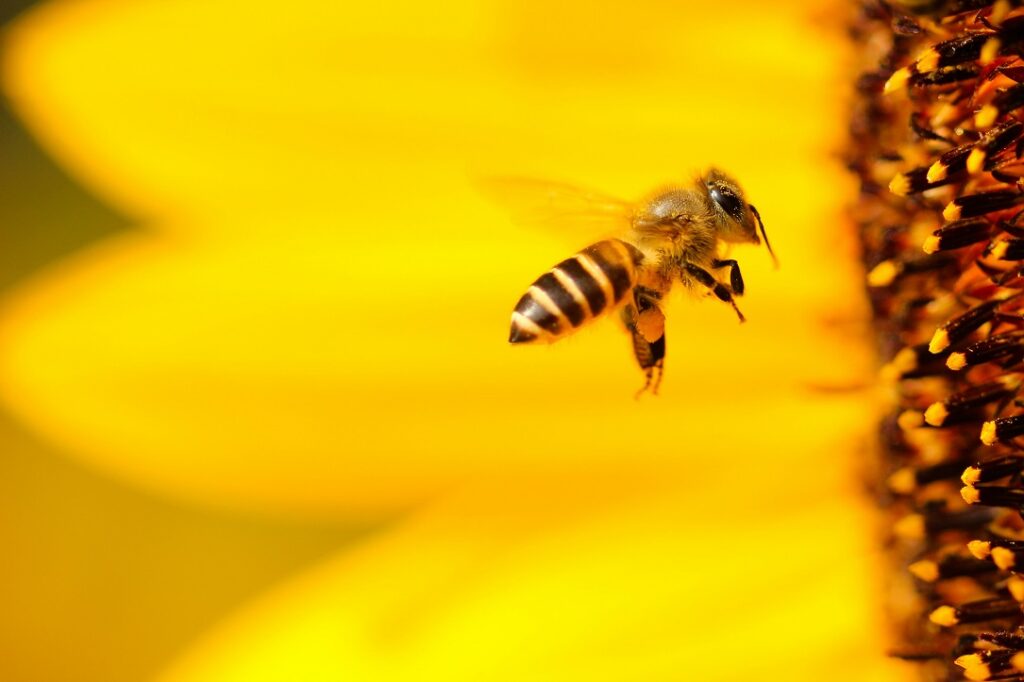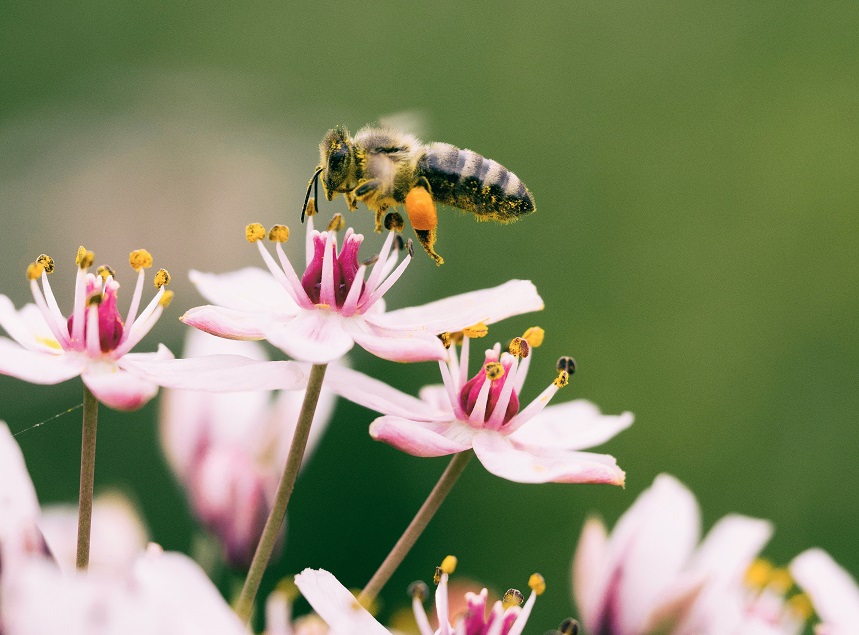Bee News
Africanized Honey Bees
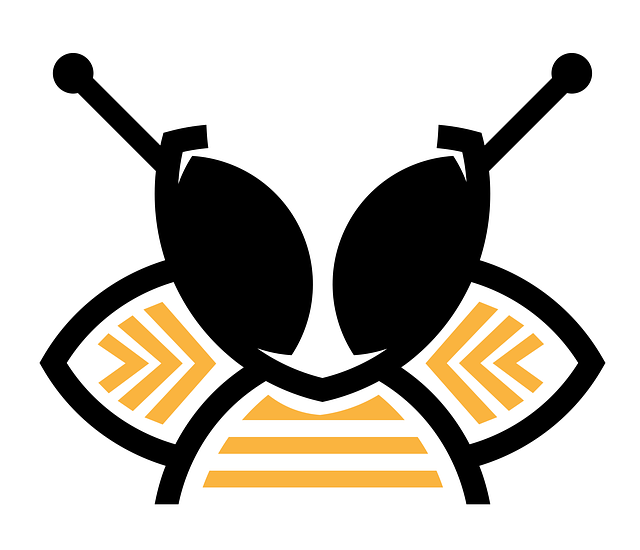


In the early 1950s, Africanized honey bees, famously known as “killer bees,” made their unforeseen debut in the United States. Originally bred in Brazil as part of a scientific experiment to increase honey production and resilience, these bees escaped and gradually migrated northward, eventually reaching the American continent in the 1990s. The arrival of Africanized honey bees sparked discussions and concerns due to their unique characteristics and potential impact on native bee populations.
Africanized honey bees are renowned for their defensive behavior and heightened aggression compared to European honey bees, the more common variety in the USA. This aggressive nature stems from their genetic makeup and evolved in response to the harsh environmental conditions of their native African habitats. When Africanized honey bees interbred with local honey bee populations in the United States, their traits were assimilated, resulting in a hybridized bee with a blend of both species’ characteristics.
The introduction of Africanized honey bees had significant implications for regular bee populations in the USA. Due to their aggressive defense mechanisms, Africanized bees were quick to respond to perceived threats, such as vibrations near their hives or disturbances to their colonies. This defensive behavior posed challenges for beekeepers and individuals working in close proximity to these bees, necessitating a cautious approach to handling and managing these hybridized colonies.
Furthermore, the presence of Africanized honey bees led to concerns about competition and potential displacement of native bee species. The aggressive nature of Africanized bees could outcompete local bee populations for resources, impacting the delicate ecological balance of pollination and biodiversity. In areas where Africanized honey bees established themselves, there were reports of reduced populations of native bees and disruptions to pollination dynamics in local ecosystems.
Despite the initial apprehensions surrounding Africanized honey bees, it is essential to acknowledge their role in the broader context of bee diversity and conservation. Understanding the behavior and characteristics of these bees can help mitigate conflicts and ensure the coexistence of different bee species. By promoting responsible beekeeping practices, biodiversity conservation, and public awareness, we can navigate the challenges posed by Africanized honey bees while safeguarding the health and vitality of native bee populations in the USA.
AHB in California
Southern California, the presence of Africanized honey bees, infamous for their defensive nature and aggressive behavior, has sparked discussions and concerns among residents, beekeepers, and environmental enthusiasts. As these hybridized bees navigate the region, it is essential to delve into the unique characteristics of Africanized honey bees and explore the challenges and conservation efforts associated with their presence in Southern California.
Origins and Migration:
Africanized honey bees, often dubbed as “killer bees,” made their way to Southern California in the 1990s after migrating from other parts of the country. Originally bred in Brazil for honey production and resilience, these bees interbred with local honey bee populations, resulting in a hybridized species that exhibits a blend of traits from both African and European honey bees. Their arrival in Southern California marked a shift in the region’s bee population dynamics, raising concerns about their impact on native bee species and ecosystem.
Distinctive Traits and Behavior:
One of the defining features of Africanized honey bees is their defensive nature and heightened aggression compared to European honey bees. They are quick to respond to disturbances near their hives, exhibiting a swift and aggressive reaction to perceived threats. This defensive behavior has posed challenges for beekeepers and individuals working in proximity to Africanized bee colonies in Southern California, necessitating a cautious approach to bee management and interaction in the region.
Impact on Native Bee Populations:
The presence of Africanized honey bees in Southern California has raised concerns about competition and possible displacement of native bee species. The aggressive foraging behavior of Africanized bees may impact the foraging patterns of local bees, potentially affecting pollination dynamics and biodiversity in the region. Efforts to monitor and manage the interaction between Africanized honey bees and native bee populations are crucial for maintaining a healthy ecosystem and preserving bee diversity in Southern California.
Conservation and Coexistence:
Coexisting with Africanized honey bees in Southern California requires a multi-faceted approach that balances conservation efforts with community education and proactive beekeeping practices. By promoting responsible beekeeping methods, implementing safety measures to minimize conflicts with Africanized bees, and raising awareness about bee diversity and conservation, Southern California can create a sustainable framework for managing the presence of these unique pollinators in the region.







